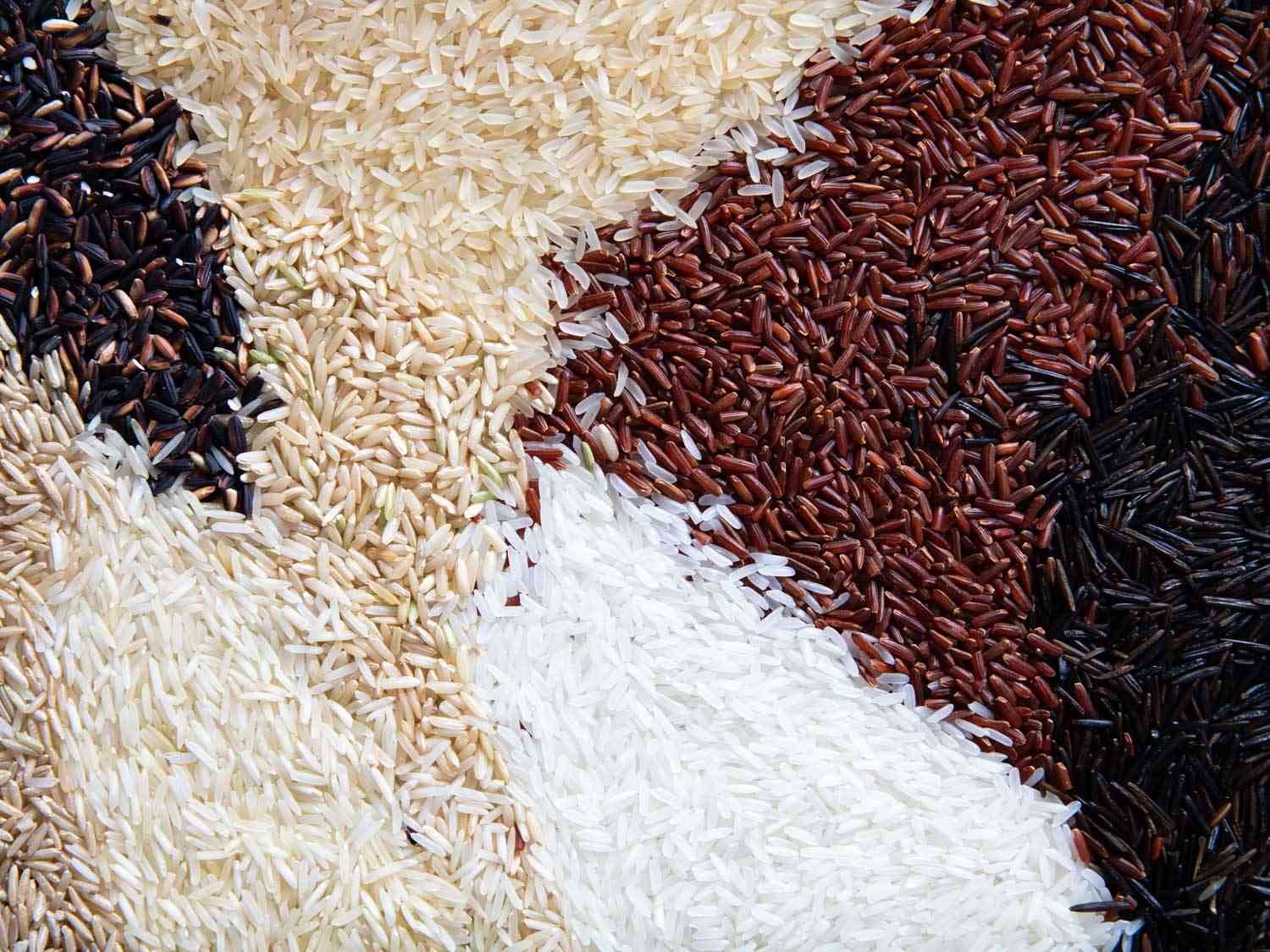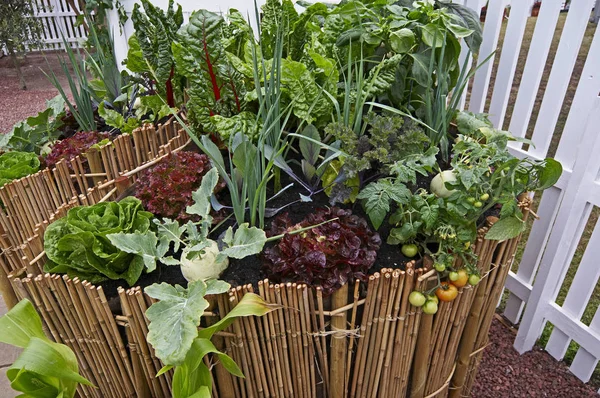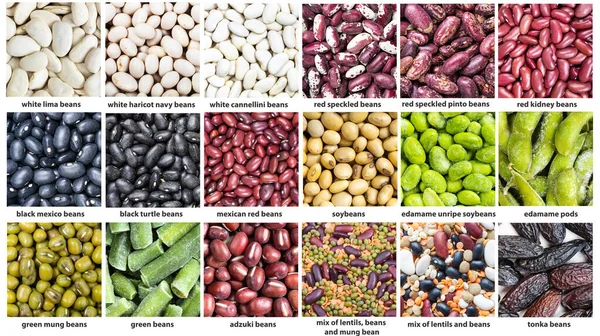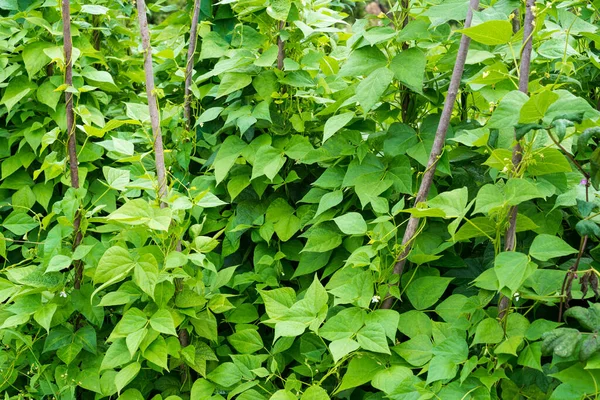Are you looking for certified rice seeds to grow on your farm? This post will give you a list of the top 17 rice varieties in Kenya. We will classify them into 3 recommended growing areas; irrigated lowland, rainfed lowland, and the rainfed upland varieties.
According to the KEPHIS National Rice Variety List, there were 26 registered rice seed varieties in Kenya. They include Basmati, Sindano, NERICA and NIBAM Varities.In the table and list below, we will give you the growing period in days or months, the average grain yield per hectare, and other special attributes for your choice.
How to choose the best rice seeds-A guide
The best rice seed should give you plenty of yields at harvest. It should also make life as a farmer by resisting common problems like pests, diseases, and bad weather. To choose the best rice seed from the long list below, consider the following factors.
- Quality Rice for Cooking and Market Acceptance: Choose rice that cooks well, looks good, has the right shape, tastes great, and smells good. Ensure it is liked by local consumers and priced reasonably.
- Good Yield That Stays Consistent: Opt for rice that provides a reliable and substantial yield across different seasons, minimizing concerns about changing weather.
- Resistant to Diseases, Bugs, and Tough Weather: Select rice with natural resilience to common diseases, pests, and adverse weather conditions like drought or floods.
- Grows in the Right Time Frame: Choose rice varieties that align well with the seasons in your area, avoiding types that require significantly different planting or harvesting times.
- Tills Well to Keep Weeds Away: Opt for rice varieties that grow abundant stems (tillers), effectively suppressing weeds and maximizing yield.
- Doesn’t Fall Over Easily: Choose rice with good resistance to lodging, meaning it stands up well on its own and doesn’t easily fall over under normal farming conditions.
Best Rice seeds for irrigated lowlands growing
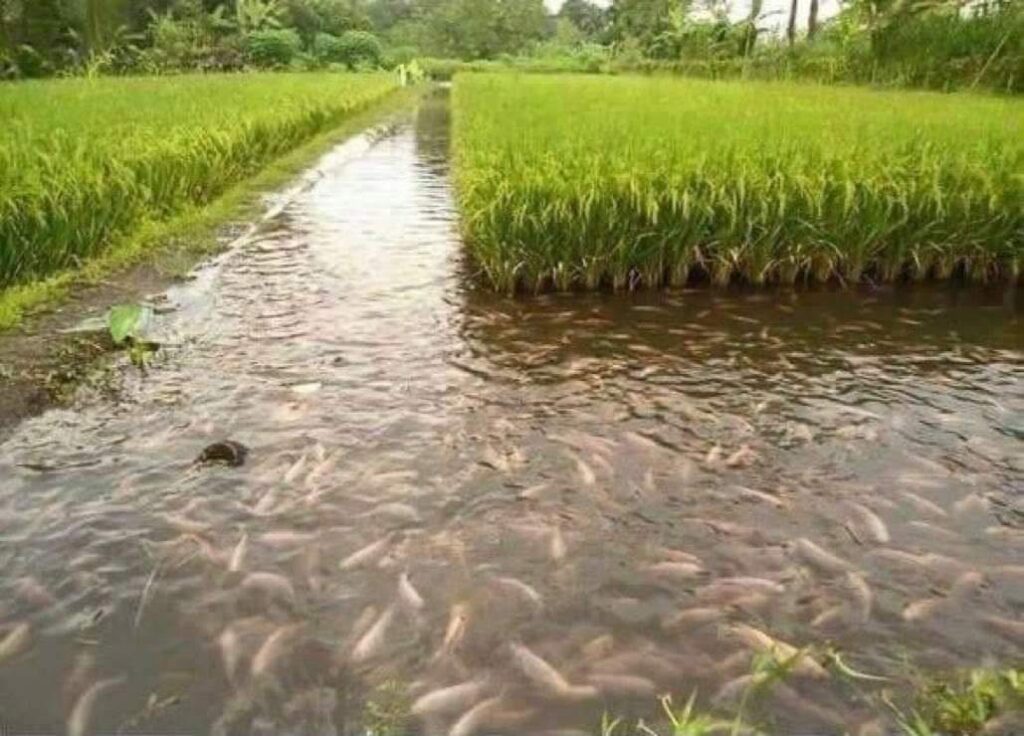
Presently Kenya has 10 rice varieties recommended for cultivation under the irrigated ecosystem.
Arize 6444 Gold
Arize 6444 Gold rice variety exhibits commendable qualities for successful cultivation. It demonstrates high tolerance to Bacterial Leaf Blight and moderate tolerance to blast, ensuring the health and resilience of the crop. Being a hybrid of medium duration, it strikes a balance between efficient growth and a reasonable time frame. The rice grains are medium-slender and slightly aromatic, catering to preferences for appearance and taste.
Arize 6444 gold rice variety is resistant to lodging, the plants stand strong against adverse weather conditions, contributing to a stable yield. Additionally, the absence of chaffiness simplifies the post-harvest process, and the good milling yield of 70% underscores the variety’s efficiency and market appeal. Arize 6444 Gold emerges as a promising choice for rice farmers seeking a robust, high-quality crop.
- Duration Period; 125-135 days
- Grain Yield: 7-8 tons/ha
- Milling Yield: 72%
- Slightly aromatic
- Resistant to Lodging
Arize Tej Gold
Arize TJ rice variety boasts strong resistance to bacterial leaf blight and moderate tolerance to blast, common rice diseases. With an early duration, it ensures a shorter growth cycle, while its long, slender grains are of high quality and slightly aromatic, appealing to consumers.
The variety’s lodging resistance prevents the bending or breaking of plants, contributing to a stable yield. Furthermore, its clean harvest with no chaffiness reduces processing efforts. Arize TJ’s excellent milling yield of 72% underscores its efficiency, making it a promising choice for rice farmers seeking a resilient, high-quality yield.
- Duration Period; 135-145 days
- Grain Yield: 7.5-9 tons/ha
- Milling Yield: 70%
- Slightly aromatic
- Resistant to Lodging
Basmati 370
Basmati 370 is a major rice variety in Kenya’s Mwea region, making up a significant part of the harvested rice. Efforts are ongoing to produce hybrid Basmati rice in the country.
In Mwea, Basmati 370 is the most popular variety, with a large portion sold after harvest. Studies have focused on its purity and response to different fertilizers, aiming to understand its characteristics in local conditions.
This rice variety is crucial in local rice production, especially in Mwea, and is a key focus for research to improve cultivation and productivity. For more specific details, consulting agricultural experts is recommended.
Basmati 217
Basmati 217 is a significant rice variety in Kenya, especially in the Mwea region, where it holds the title of the first dominant rice variety in the irrigated aromatic rice category.
It plays a crucial role in hybridization efforts, such as the combination K2-8 × Basmati 217, contributing to the development of hybrid rice varieties in the country. Studies focusing on varietal purity in the Mwea region highlight the commitment to maintaining the quality and characteristics of Basmati 217.
Nibam 110
NIBAM 110 rice, grown in Kenya under irrigation, is known for its high-yield potential but faces a significant challenge as it is highly susceptible to blast disease. Experts from the Ministry of Agriculture recommend this variety specifically for the Tana River Delta area. Despite its promising yield, a study on Kenyan rice discovered detectable levels of multiple mycotoxins in NIBAM 110, highlighting a potential concern for its safety.
This rice variety is characterized by late maturity, lacks aroma, has short thick grains, shows tolerance to blast disease, is awnless with no anthocyanin, and stands out for its very high tillering capacity, making it suitable for certain agricultural conditions in Kenya.
- Best Altitude; 15-1700 MASL
- Duration Period; 110-120 days
- Grain Yield: 3-5 tons/ha
Nibam 109
For rice farmers, NIBAM 109, also known as BW196, holds value primarily for home consumption on small plots of land. The variety is notable for its reported resistance to colonization and contamination by certain fungi, indicating a level of disease resistance that adds to its appeal.
There is an observed increase in demand for NIBAM 109 among farmers in the Tana River Delta, a related variety, attributed to its perceived resistance to salt and its reported better harvest yields. This late-maturing, non-aromatic rice features short thick grains, tolerance to blast disease, awnless characteristics with no anthocyanin content, and stands out for its very high tillering capacity.
- Best Altitude; 15-1700 MASL
- Duration Period; 135-150 days
- Grain Yield: 8-12 tons/ha
Sindano
Sindano rice, a locally grown variety in Kenya, is renowned for its distinct characteristics and culinary appeal. It boasts long, thicker grains, offering a unique fragrance and excellent taste. Widely used in Oriental cooking, Sindano rice enhances the flavor and aroma of dishes.
Available in various package sizes (1kg, 2kg, and 25kg), Sindano rice caters to both household and commercial needs. Cultivated in the Alara and Dakrao regions of Kenya, it utilizes the well-established IR2793 rice strain.
Nutritionally, Sindano rice is low in fat, cholesterol, and sodium. Its calcium content is noted for potential health benefits, including blood pressure reduction. Overall, Sindano rice’s aromatic profile, culinary versatility, availability, and health aspects contribute to its popularity in the local market.
Kenya Pishori
Kenyan Pishori, a non-glutinous rice variety, is prized for its unique aroma, taste, and excellent cooking attributes. Specific quality requirements ensure that only milled rice meeting specified criteria are accepted, emphasizing its non-glutinous nature, distinct aroma, and fine cooking qualities.
Renowned for its aromatic properties, Kenyan Pishori is favored in Oriental cooking, elevating the taste and aroma of dishes. Available in various package sizes, it caters to both household and commercial needs, sold by multiple distributors and retailers across Kenya.
Acknowledged as a valuable contributor to Kenya’s rice farming sector, Kenyan Pishori is highly sought after by rice enthusiasts. Its naturally sweet taste and delicate aroma make it a preferred choice for diverse culinary applications. The variety’s availability in different package sizes underscores its popularity and significance in the local rice market, solidifying its role in Kenya’s rice farming sector
ITA 310
ITA 310 is a rice variety that has been cultivated in various regions, including the Tana River Delta in Kenya. This variety is well-suited for growing in irrigated lowlands and is known for its tolerance to rice blast and the Rice Yellow Mottle Virus (RYMV). The cultivation of ITA 310 has been instrumental in initiatives aimed at boosting forest restoration in the Tana River Delta, contributing to improved food security and safeguarding the unique biodiversity of the area.
Additionally, efforts are being made to replace old rice varieties with newer ones, including ITA 310, to enhance rice production and address food and nutrition security challenges in Kenya. The genetic variation and phenotypic characterization of ITA 310 have been subjects of research, particularly in assessing its blast resistance and suitability for specific ecological conditions.
Best Rice varieties for Rainfed lowlands cultivation
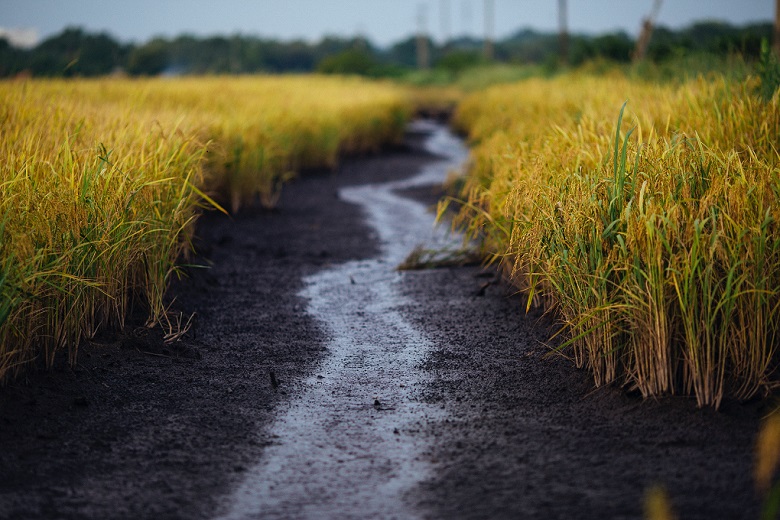
In addition to the 2 hybrid seed varieties above, Arize 6444 Gold and Arize Gold, you can also grow the following 2 varieties in rainfed lowland farming methods.
Komboka
Komboka rice is a high-yielding variety known for its excellent performance in resisting diseases, quick maturity, and adaptability to both rainfed and irrigated environments. The rice has a semi-aromatic, medium-slender grain with a translucent appearance and a moderate plant height, which helps prevent lodging. Farmers who have tested Komboka rice report positive organoleptic qualities, describing it as having good cooking quality, a non-sticky texture, a pleasing taste, and a delightful aroma.
Despite being a high-yield choice, some Mwea rice farmers in Kenya have shown low preferences for Komboka, possibly due to various factors. The rice is moderately resistant to common diseases like Bacterial Blight (BB), Rice Yellow Mottle Virus (RYMV), and Blast (RB). Preferences for rice varieties are influenced by consumption factors (aroma, panicle size, grain weight, milling quality, cookability, and palatability) and production traits (yield, testability, etc.) in different regions, including Tanzania.
- Duration Period; 130 days
- Grain Yield: 6.5-7 tons/ha
- Milling Yield: 70%
- Semi aromatic
MWIR 2
Best Rice Seeds for Rainfed Upland Farming

There are presently 6 rice varieties that are suitable for under rain-fed upland ecosystems. They are;
NERICA 1
NERICA 1 is a special kind of rice designed to help African farmers. It’s part of the New Rice for Africa (NERICA) group, created by combining tough African rice with high-yielding Asian rice. This mix gives NERICA 1 some great qualities. It’s not just good aromatic rice; it can also handle diseases and has long grains. The best part is that it can give farmers up to 50% more rice per field, even without using a lot of fertilizer. If they do use fertilizer and take good care of the crop, the yield can more than double.
NERICA 1 grows well in different conditions and is ready to harvest in about 75-100 days. It can handle tough situations, making it a helpful choice for African farmers. People who have started planting these improved rice varieties, like NERICA 1, have seen big improvements in their lives—they’re making more money and have enough food to eat. This rice is being grown in many African countries, showing that it works well and helps farmers. NERICA 1 is like a super rice, making things better for farmers and families across Africa.
NERICA 4
NERICA 4 is special rice contributing to increased rice production and food security in Africa. As part of NERICA, its a mix of tough African rice and high-yielding Asian rice. This special blend makes it unique—it can resist diseases like blast and drought. NERICA 4 grows long grains of aromatic rice and is quite good at resisting lodging, which is when rice plants bend or break.
Farmers love it because it can give them up to 50% more rice per field without using much fertilizer. If they do use fertilizer and take good care of the crop, the yield can more than double. NERICA 4 is ready to harvest in about 75-100
NERICA 10
NERICA 10 is a fantastic rice variety known for its early maturing nature, making it perfect for farmers who want a quicker harvest. What’s great is that it produces long grains, a feature loved by both consumers and rice processors. But that’s not all – NERICA 10 is tough against blast disease, a common issue in rice crops, making it resilient and stable in yield. It also has a moderate tolerance to lodging, meaning the plants can handle bending or breaking due to factors like wind or rain, keeping the crop stable. And here’s the cherry on top – NERICA 10 is highly aromatic, giving off a strong and delightful aroma. These qualities make NERICA 10 a promising choice for farmers, offering both productivity and qualities that consumers love.
NERICA 11
NERICA 11 is a special kind of rice that’s a mix of strong African and high-yielding Asian rice. It grows early and has long grains, which farmers love. This rice is tough against diseases like blast and can handle bending in the wind, keeping your crop safe. The best part? It smells great—NERICA 11 is highly aromatic.
But here’s the real treat for farmers: NERICA 11 can give you up to 50% more rice without using much fertilizer. With some care and fertilizer, you can even double the yield. Lots of farmers in Africa are already using NERICA varieties like NERICA 11, and it’s making life better for millions of people.
What’s cool is that NERICA rice isn’t just popular in Africa; it’s catching on in other parts of the world too, like Bangladesh, China, and India. So, if you want rice that’s easy to grow, gives you more, and smells nice, NERICA 11 might be just what you need. Plus, it can handle tough times like drought, making it a versatile choice for farmers.
MWUR 4
MWUR 4 is a type of rice grown in Kenya’s rainfed upland areas. It’s part of the improved rice lines introduced in the country, showing its potential to adapt well to these specific conditions. While there’s limited info available, one study indicates that MWUR 4, among four MWUR varieties, has improved yield attributes. In terms of grain shape, it’s described as slender, as seen in a study on rice hybrids. Unfortunately, detailed characteristics, yield potential, and disease resistance specifics are not readily available.
DuoradoPrecoce
Dourado Precoce is an early-maturing rice variety, well-suited for regions where quick harvest is crucial. Its early growth makes it effective for weed management in lowland rice fields. The variety also performs well in double cropping conditions, demonstrating adaptability to different cropping systems.
In a study in Central Kenya evaluating ratooning ability and yield, Dourado Precoce showed the lowest ratooning ability and total grain yield compared to other varieties, indicating specific performance characteristics in that context.
This rice variety has been extensively tested in various environmental conditions, including different soil types, as part of the selection process for upland rice germplasm. This emphasizes its adaptability and potential for diverse agricultural settings.
FAQS About Rice Seed Varieties in Kenya
What is the Difference Between Japonica & Indica Rice Varieties?
Japonica rice is characterized by rounder, thicker, and harder grains, with short, roundish spikelets that are awnless to long-awned. In contrast, Indica rice grains are longer, thinner, and fluffier, with long to short, slender, somewhat flat spikelets that are awnless. The grains of Japonica rice do not shatter easily and have 0-20% amylose content, while Indica rice grains shatter more easily and have 23-31% amylose content
Where can I Buy the best-certified rice seeds in Kenya?
Bayer East Africa Ltd sells certified rice hybrid seeds for irrigated ecosystems.
Kenya Seeds Company Ltd. is almost exclusively engaged in the supply of seeds recommended for rain-fed upland ecosystems.
Public Entities: Check with KALRO Seed Unit (KSU), National Irrigation Board (NIB), Mwea Irrigation Agricultural Development (MIAD) Centers, and Mwea Rice Growers Multipurpose (MRGM) Cooperative Society for inbred varieties in irrigated areas.
When purchasing certified rice seeds, it’s essential to ensure that the seeds meet the required quality standards and are certified by the KEPHIS

